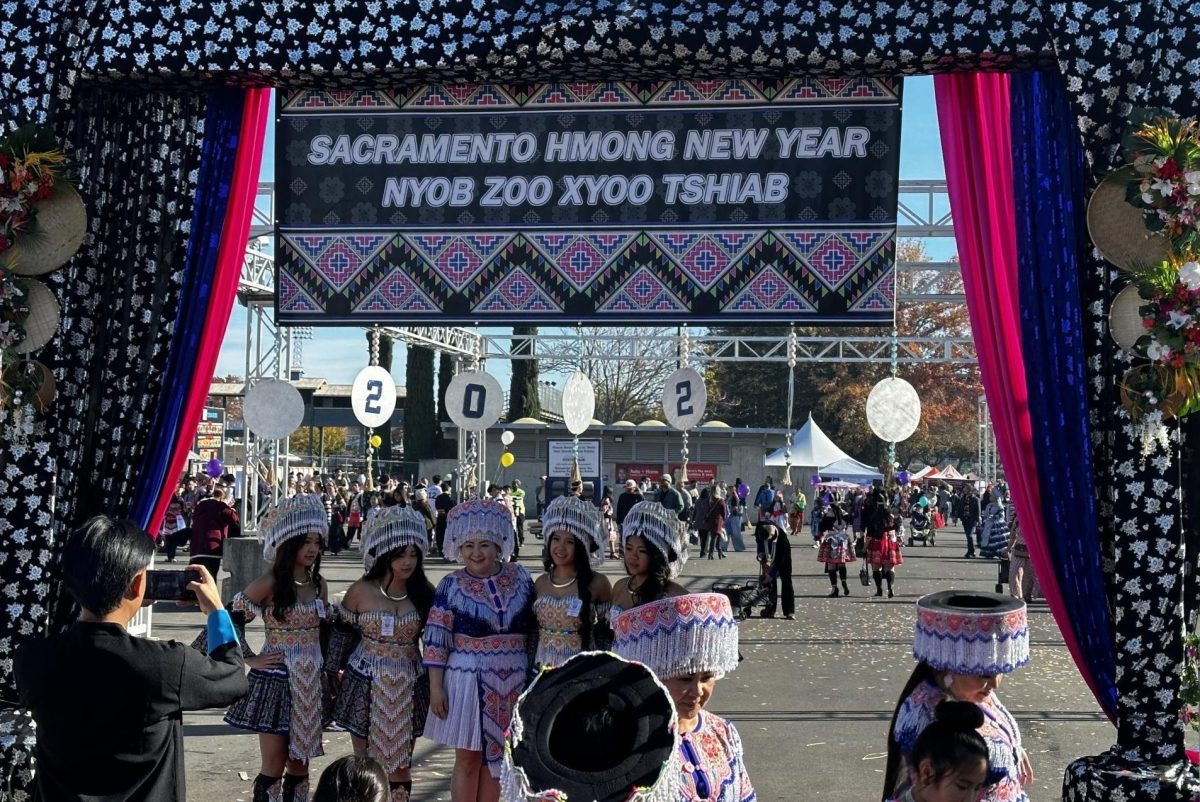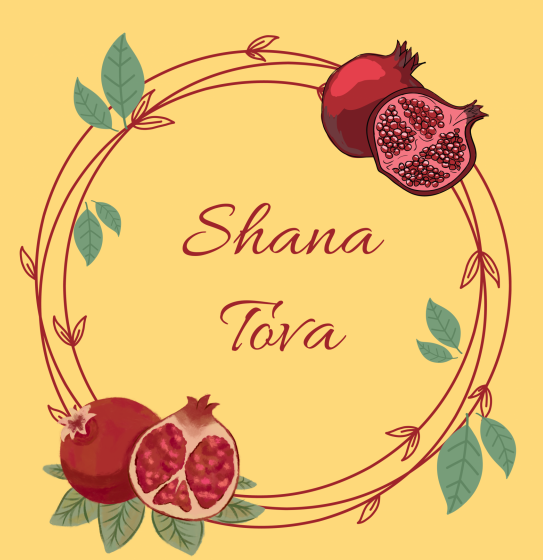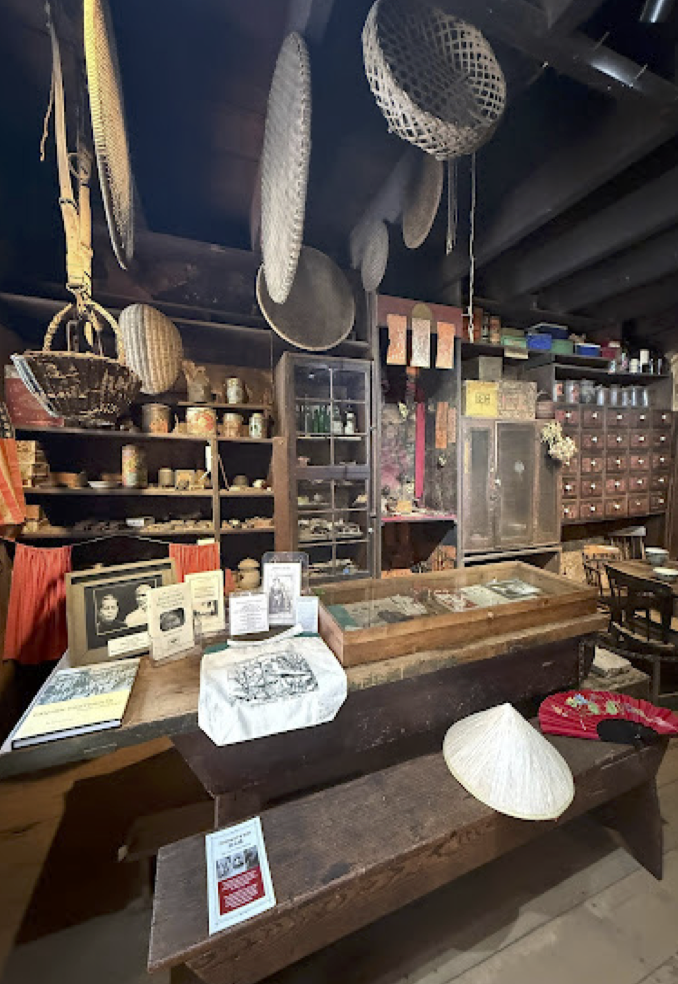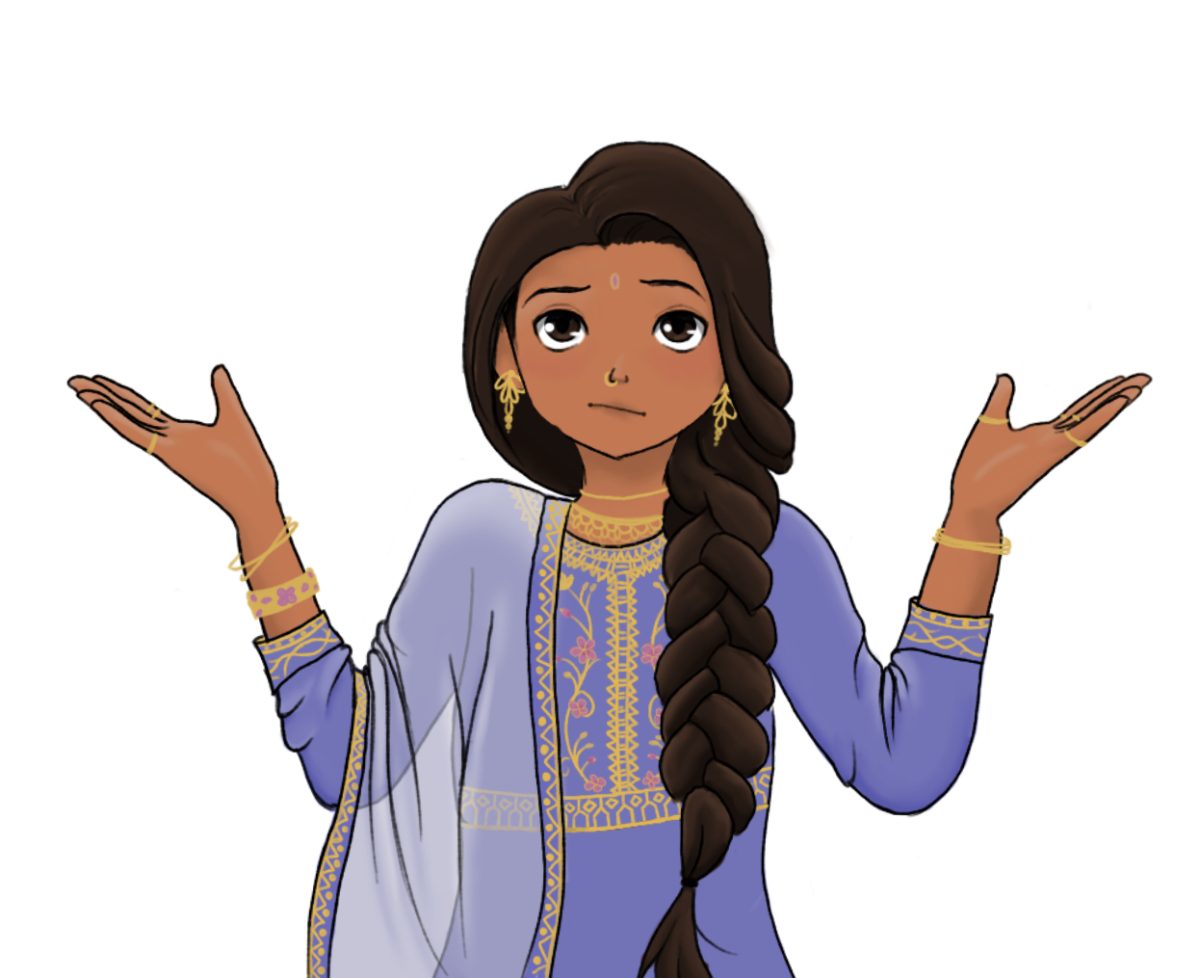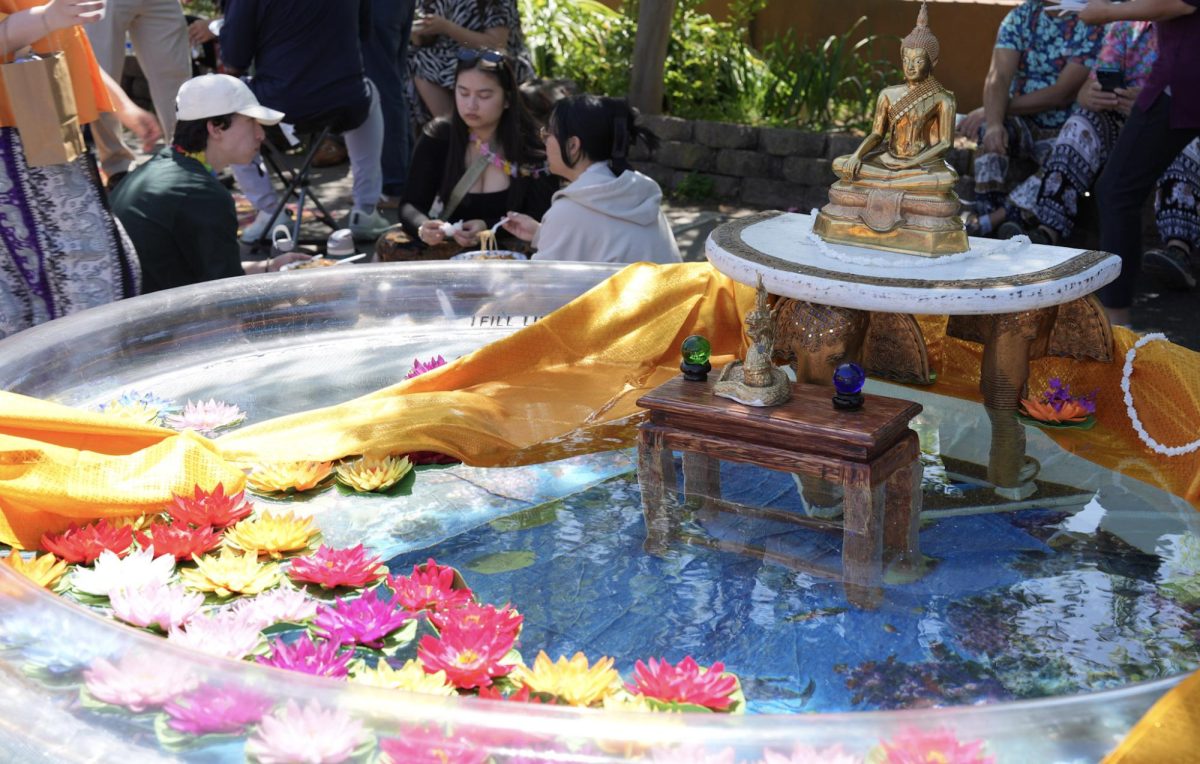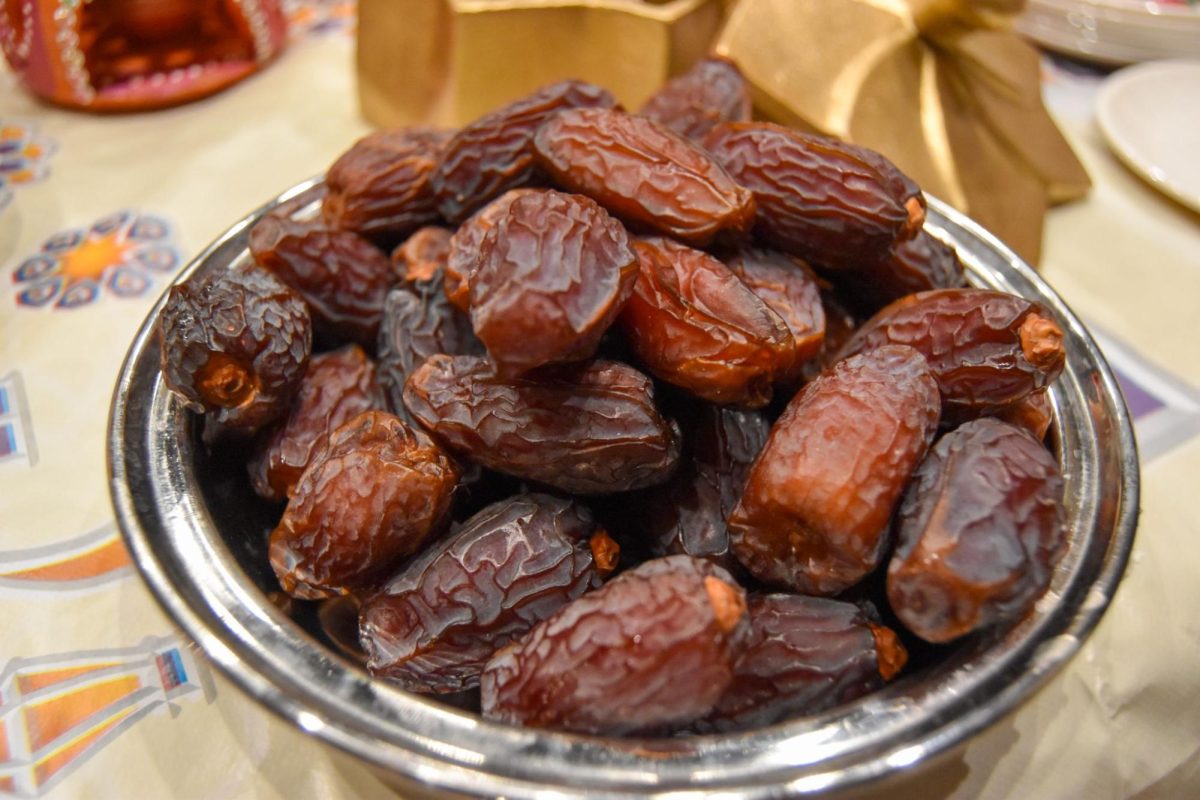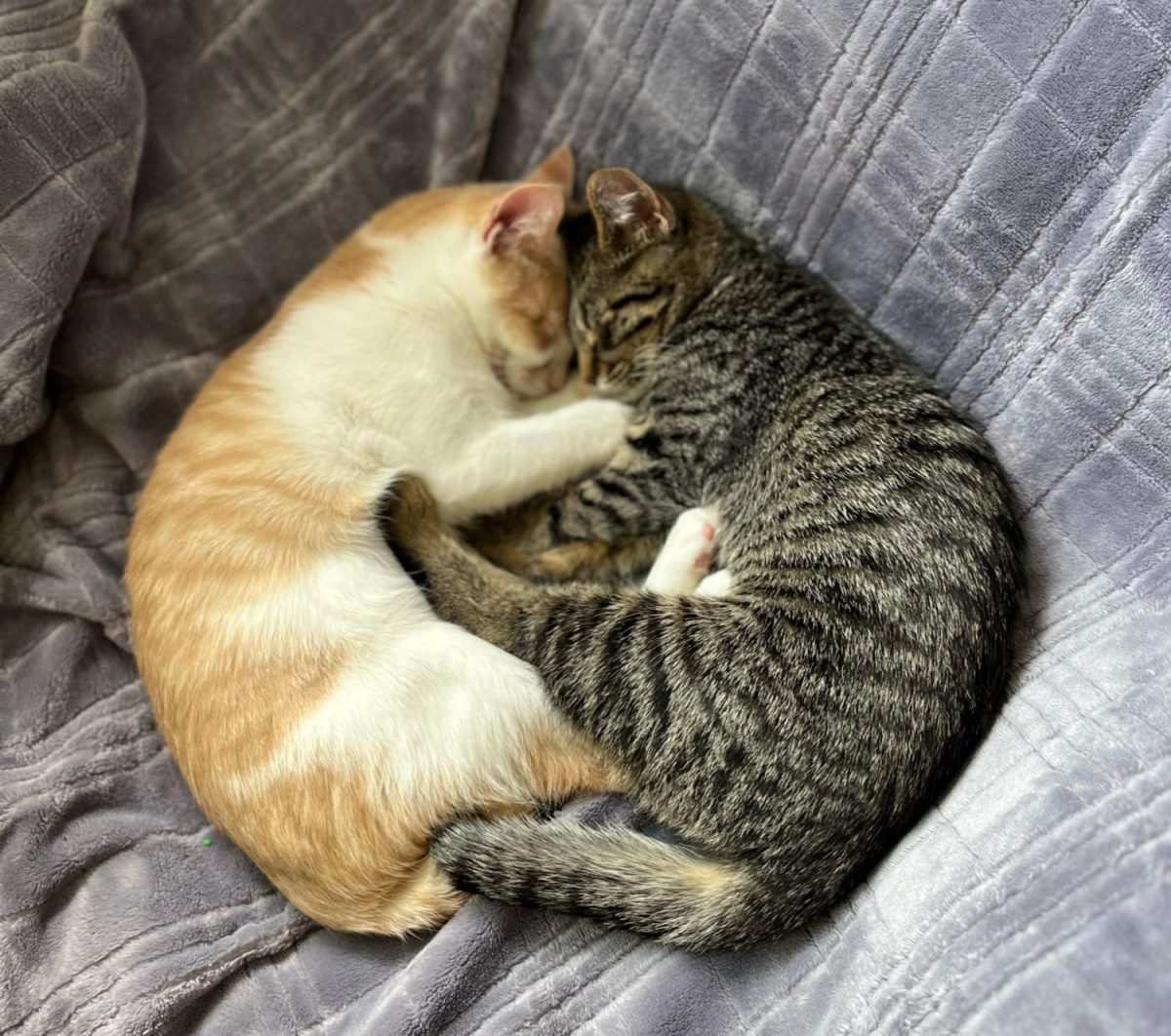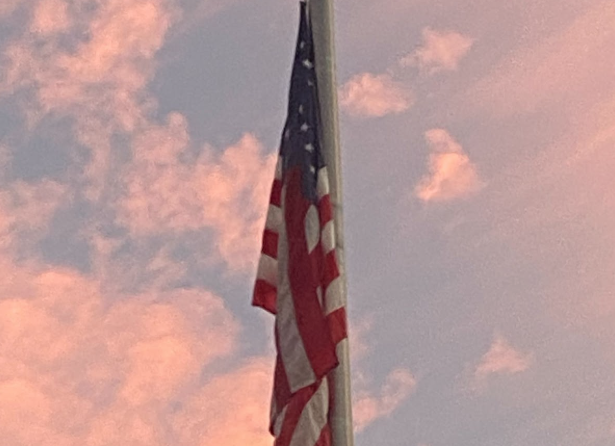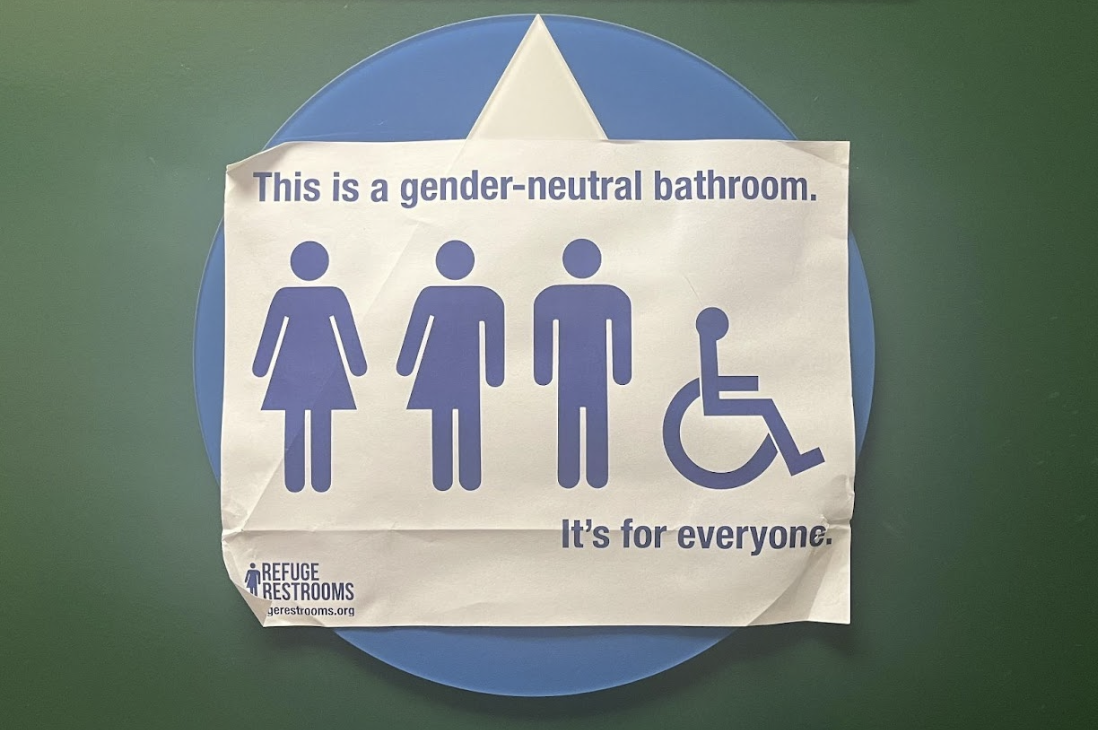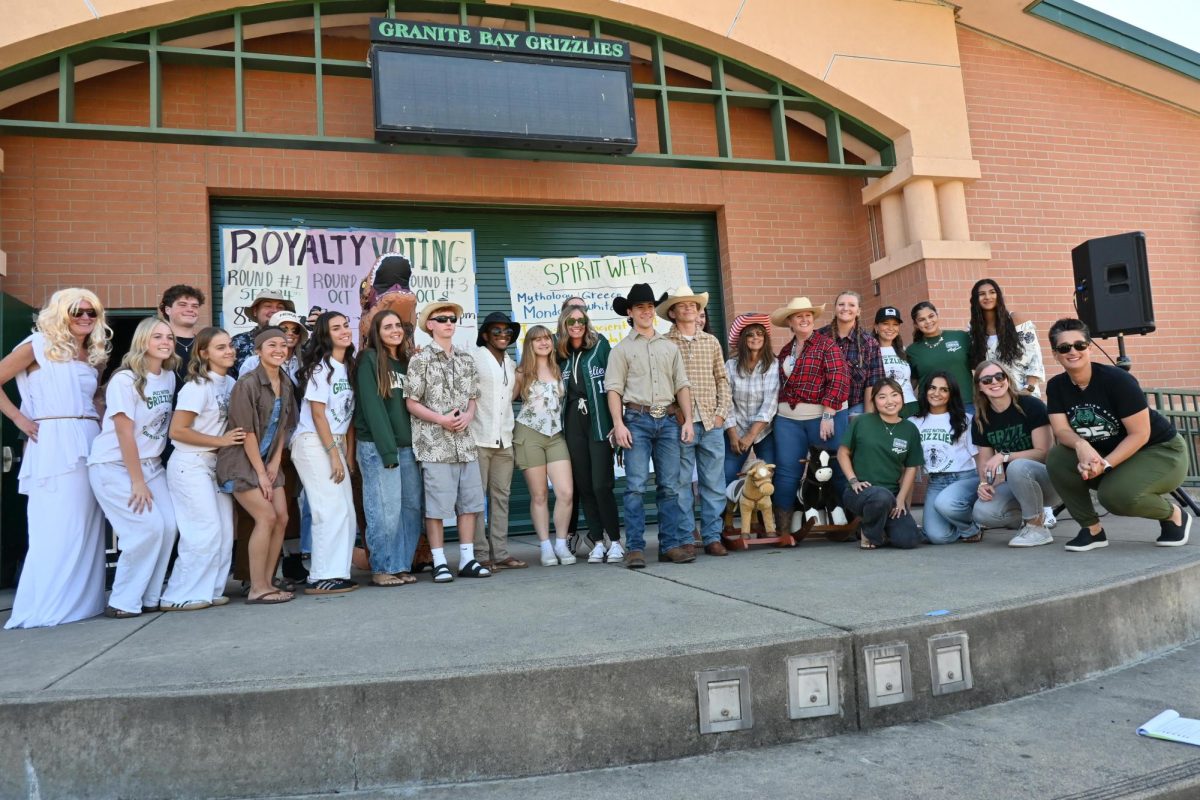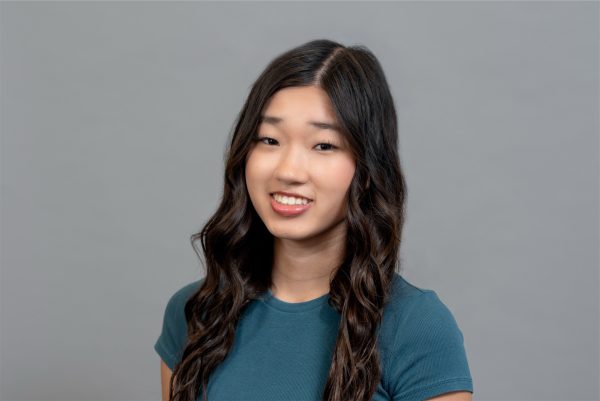The colorful line to enter stretched into the parking lot. Most attendees wore vibrant Hmong attire. Multi-patterned and multi-colored floral outfits of red, blue, purple and green. Silver coins. Intricate beadwork coupled with large headpieces and jewelry.
Each day, over 10,000 Hmong people attended the annual Sacramento Hmong New Year celebration at Cal Expo. The festival aims to celebrate cultural traditions, promote Hmong awareness and provide youth with scholarships for higher education.
As I wandered through the celebration for the first time, a sudden burst of activity caught my eye.
The ball-tossing game doubles as a traditional courtship ritual, resembling speed dating. The premise is simple: a young woman tosses a ball to a man she is interested in, sparking a conversation or passing the ball to signal interest in someone else. This allows them to get to know each other and explore potential relationships.
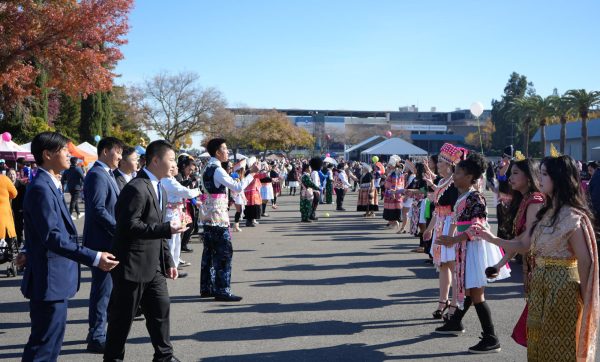
Smiling, I thought about how I would share this game with my friends later.
When I spoke to Kathy Yang, President of Sacramento Hmong New Year, I learned that while courtship was once taken more seriously, it is now more ceremonial. Understanding these generational shifts is a key part of Yang’s and the celebration’s mission.
“A lot of the newer generation doesn’t like to wear traditional clothes,” Faith Cheng, a nursing student at American River College, added. “But I feel like if they see teenagers like us wearing it, they’ll feel more comfortable doing the same.”
Cheng, of Hmong descent, wore a traditional Thai silk dress, a chut thai, with embroidered gold patterns, paired with a sash worn across her shoulder and beaded jewelry, reflecting her roots in Thailand before migrating to the U.S.
As I’m learning, clothing and culture often intersect.
Attendees wore vibrant, handmade Hmong clothing, often passed down through generations. The distinct styles reflect the cultural heritage of the Green and White Hmong, two different dialects that represent the different regions Hmong people originally lived in.
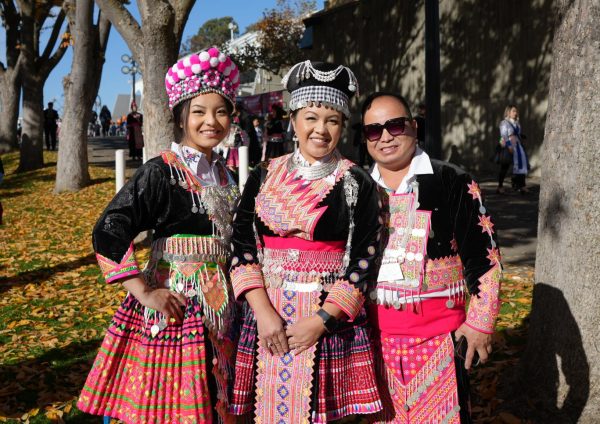
“Hmong New Year is about bringing the community together, and it’s special to us because we don’t get a lot of recognition,” Cheyenne Huang, an attendee from Oregon, said. “We get to celebrate together, eat good food and enjoy beautiful outfits and music.”
California Assembly Bill (AB 167) requires K-12 curriculum on Hmong history, the Vietnamese American refugee experience, the Cambodian genocide and Native American studies by March 31, 2023. The bill also allocated $1.2 million to support this initiative, contingent on related legislation in 2021–22.
Despite being recruited in the Vietnam War, the Hmong community’s contributions remain largely unrecognized in schools, said Sarah Khang, a freshman at Cosumnes River College and of mixed Hmong Heritage. The Hmong fought in a “secret war” against the North Vietnamese communists and the Pathet Lao. They disrupted the communist North Vietnamese on the Ho Chi Minh Trail, providing intelligence about enemy operations, guarding U.S. strategic installations and rescuing downed American pilots in northern Laos.
“We’re a small group, and it’s hard to explain where we’re from since we don’t have a country—we’re from Thailand but moved to the U.S.,” Khang said. “We fought in the Vietnam War, but you don’t hear about that in history classes like you do with slavery. I’d like the government to include our history in textbooks so students can learn that we fought for this country too.”
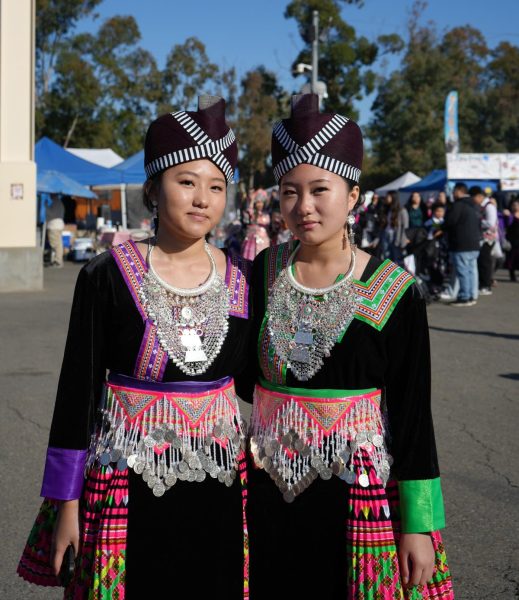
(Samantha Yee)
The Hmong, comprising about 0.2% of the U.S. population—or roughly 300,000 people—migrated to states like California, Minnesota, Wisconsin and North Carolina after fleeing Laos and Vietnam after the Vietnam War.
“I want the celebration to be recognized as a state holiday so we can gather with family and friends. This is our New Year, Christmas and Thanksgiving all rolled into one,” Cha Huang, an attendee from Oregon, said.
Women in Hmong communities often face challenges tied to traditional gender expectations, added Cheng.
“The older generation expects girls to do everything—clean, watch the kids, clean up after the boys. It’s frustrating,” Daisy Cheng, a nursing student at American River College, said.
Cheng volunteers at the Paul Hom Asian Clinic, where she supports women affected by domestic violence and mental health.
As the first woman president, Yang has faced negativity from people who don’t want a woman in charge. Despite this, she sees it as an opportunity for change.
“My goal is to secure funding so we can make this event free for everyone to enjoy. It’s not about business—it’s about preserving our culture and providing a space for everyone to come and learn,” Yang said.
As I left the event, I felt grateful to celebrate Hmong culture and learn more about Hmong New Year, which doesn’t receive enough awareness. I hope to return next year and look forward to the variety of activities, friendly faces, and vibrant attire.
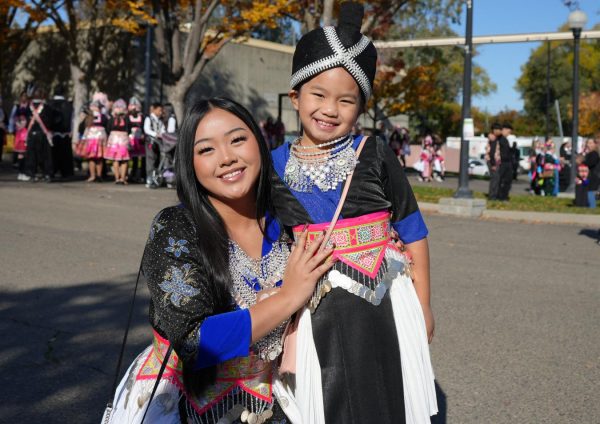
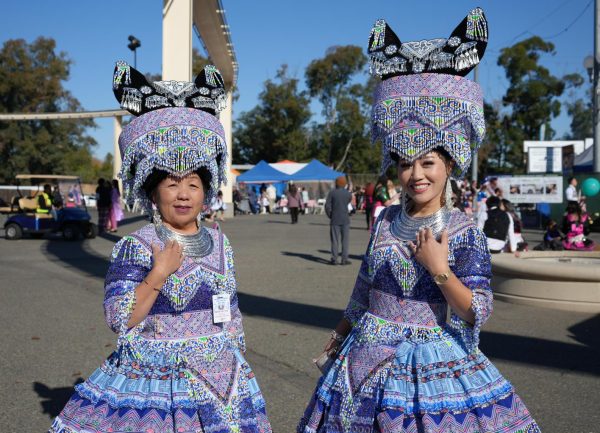
(Samantha Yee)
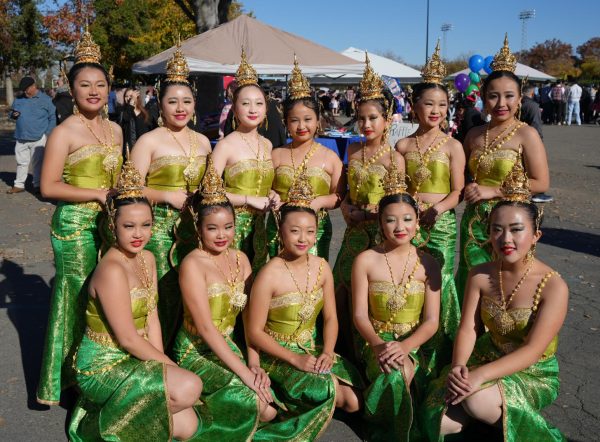
(Samantha Yee)
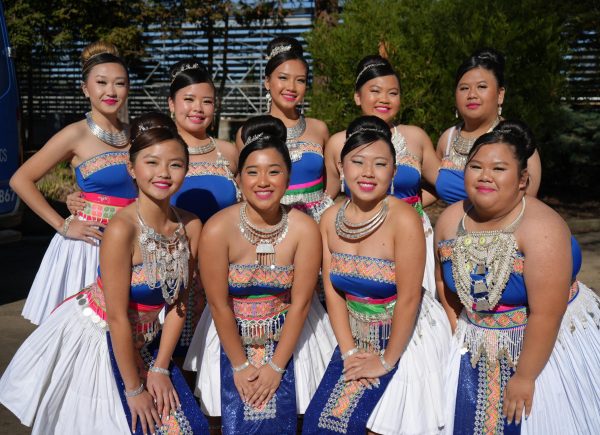
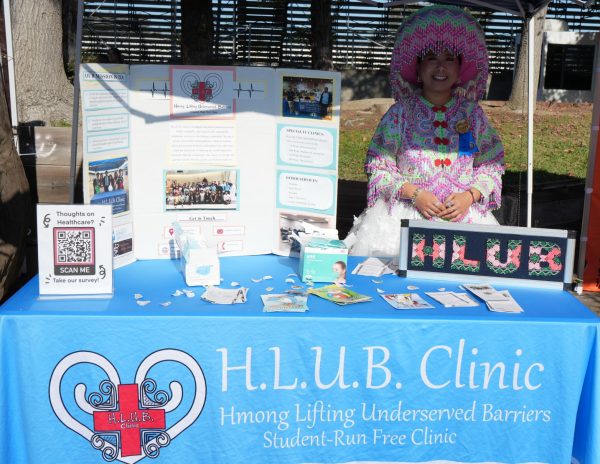
(Samantha Yee)



